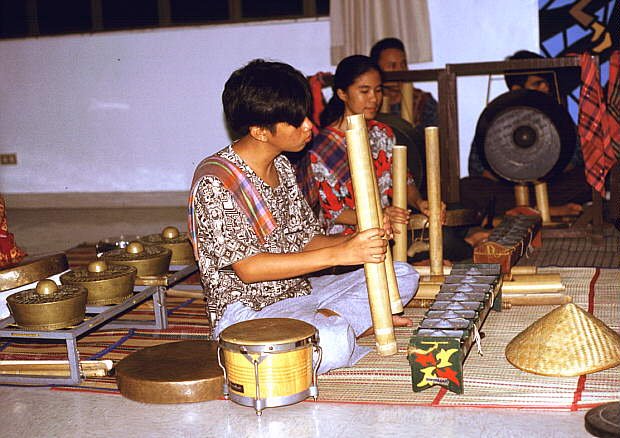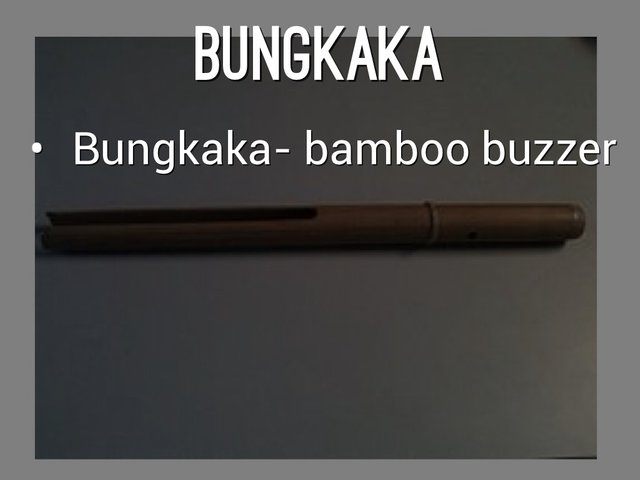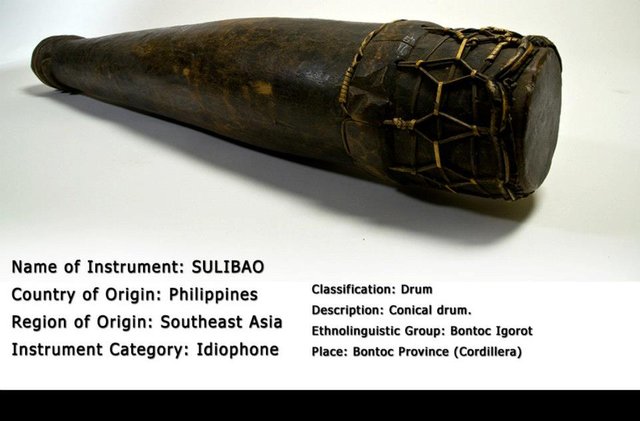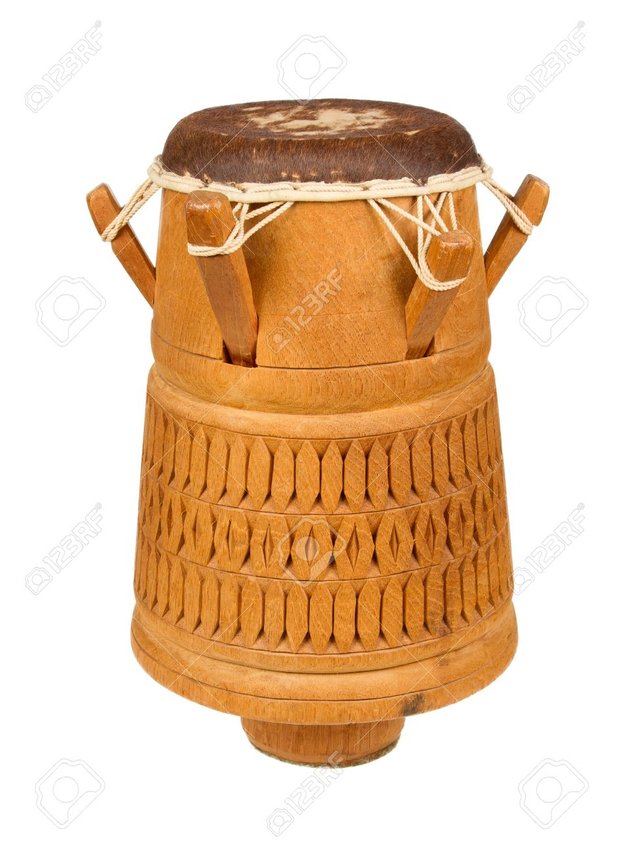Life & Culture of Filipino: Percussion Instruments Part 1
Life & Culture of Filipino
Percussion Instruments Part 1

Image Source
Percussion instruments are reputed as the ancient musical instruments in the Philippines. The clapping of the hand and the steps of the feet are the example of the early and primitive desire of Filipino in rhytmn and music. In general, percussion instruments is for the rhytmn but there are few that can create a kind of melody.
There's no doubth that one of the early percussion instrument in the Philippines is "kalutang" which were use until now in the provinces of Katagalugan, for instance in Marinduque. The instrument is made up of two sticks that has a lenght of more or less 45 and 40 centimeter and a diameter of 4 centimeter and made from the wood known as "tan-ag" or "kwatingan" tree in other term. The two sticks were strucks against each other to produce a sound.

Image Source
KALUTÁNG
The word "kalutang" is taken from the combination of term "ka" which means "kasama" (together) like "kababayan" (countrymen) and others, while the root word "luta" which means in Visaya as "apart." Therefore, the compound of the word "kalutang" described the instrument itself: two pieces of stick which were simultaneously struck against each other to produce a sound.

Image Source
BUNGKAKÂ o BILBÍL (Bamboo Buzzer)
This bamboo instrument that is around 40 centimeters long is also called bilbil which is still use by the Tinggian and the Igorot in Benguet. The term "bungkaka or bilbil" is a name that has connection with the sound that is produce by the instrument. The instrument produces a sound using by beating the hole of the bamboo stick which end has cuts.
It can also create few limited melody. The changes of its sound is due to the style and technique of the beating, like keeping it open or by covering the holes with the thumb. The etymology is clear for the designated of name of "bungkaka." It bears the traits of the Filipino language that means "open," since the instrument has opening in its end.
It is clear that there is onomatopeia in the Filipino dialect and the vowels a huge role in sending the right ideas. For instance, in order to express the concept of open, suitable and appropriate sound are use when the mouth of speaker is open. "U-A." This is opposite if were going to express the concept of vowel sound created when the mouth is closed, "A-U" were use.
That is why we have in Tagalog, Visaya, and Ilocano the word "buka" (open) which means open or let go. In Visaya, we this word "takup" (which is takip in Tagalog) which means "cover or close." If so, the name "bungkaka" that has the vowels U-A expresses the idea of open according to the regulations of philology.

Image Source
SULIBÁW
Sulibaw is a conical tenor drum made of wood and use by the Igorots in Ibaloy. The head part of the instrument is covered with animal skin. The player is tipping its toe and the instrument is place in its lap. The actual length of this instrument is around half a meter and a diameter of 15 centimeters.
The sound is produce by hitting the covered head with a palm. This is an instrument for rhytmn and usually use to give signal in dance timing. About the etymology of the name "sulibaw," there is no doubt that it is a combination of the word "suli" which indicates the idea of repeating, that is why the hitting of the instrument is repetitive, while the word "baw" is the onomatopeia sound that expresses the created sound. "Suli" could also be a combination of the word "sauli" with a root word "muli, uli and sulit" in the Filipino dialect.

Image Source
TÚGO
Another percussion instrument originated from tThe villagers of Tiruray in Cotabato, Philippines. At a first glance, it looks like a guitar but its not. The strings on this instrument are can be adjusted to product different sound pitch. It could be that the word "tugo" is an original root word because it only has two syllables.
I have a strong belief that in the Filipino dialect, there is no original root word that has more than two syllables. The root "tugo" could an equivalent of the Visayan word "tugon" which means under or foundation. The concept of under or foundation is not far from the shape of this drum. Tugo has a lenght of more or less 25 centimeters and diameter of 20 centimeters.

Image Source
Source:
Buhay at Kulturang Pinoy
By: Norberto Romualdez